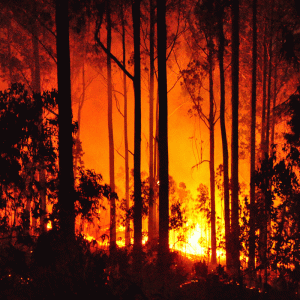Powerful earthquake hits China’s Sichuan region for the second time in a decade
On the evening of August 8, 2017, an earthquake shook the mountainous region of northwest Sichuan, China. A popular tourist destination in China, the Jiuzhaigou nature reserve receives 5 million visitors per year; just days before the earthquake they welcomed 41,000 people. Two weeks after the quake, there are still conflicting reports on the size and magnitude of this earthquake. The US Geological Survey (USGS) reported the earthquake was measured at a 6.5 magnitude, west southwest from the epicenter in Yongle. Whereas Xinhua, a Chinese news agency, announced the earthquake hit a 7.0 magnitude, citing the China Earthquake Networks Center as their source.

